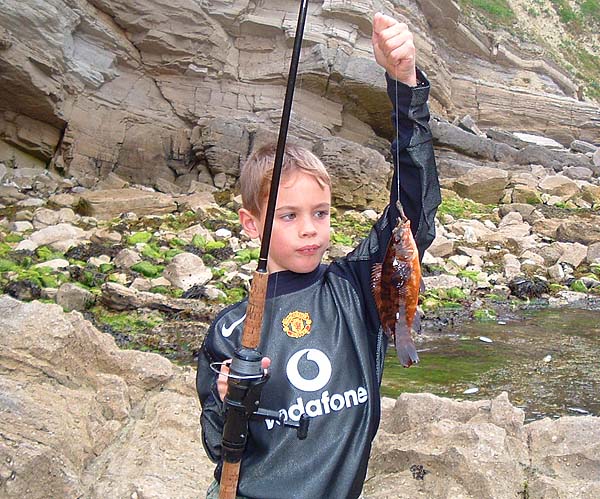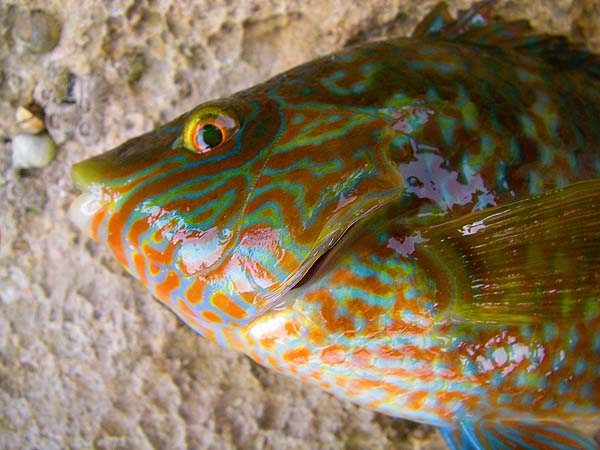 '
'Information Page.
Livebaiting for bass.
I get some wonderful emails from anglers who read the website and here's one that made me think a bit from Peter Jones.
Hi Mike,
Reading some of your articles on livebaiting reminded me of an interesting fishing session I had last September and thought I would share my experience with you. It was a lovely warm summers afternoon and I was fishing for black bream off the top level of the pier (which has an upper and lower level) and not expecting much success as I have never fished for bream at that spot before. Whilst wondering if I was going to catch anything I noticed a bit of commotion under the surface of the water straight down below. As I looked down I noticed a large silvery fish swimming slowly up and down and from side to side. I instantly thought mullet as I have never seen a bass behave in that manner so near to the water's surface. I was then amazed to see that this fish was hooked and being played by a fisherman on the lower level.
With feelings of envy I tried to see if it was a mullet or a bass when the fisherman called up asking “What fish have I got here?” Upon hearing that I ran down to his level with excitement and got a close look at it while it was floating near the surface. It was indeed a bass and a big one too. After landing the fish (it was later weighed in at 7 pounds) I asked the man how he came to catch it and he told me this: He was on Holiday and thought he’d try a bit of fishing off the pier to see what he could catch. He was a freshwater fisherman and had never tried sea fishing before. With his light tackle and ragworm bait he managed to catch a few of what he thought were black bream but were in fact little wrasse. While reeling in one of these wrasse the bass took it and hooked itself on to the tiny hook that he had caught the wrasse on.
On hearing this I ran back to the car grabbed my spinning rod and gave it a try myself (all thoughts of catching bream were long gone). There seemed to be lots of these little wrasse at the bottom of the pier as I was getting bites almost as soon as the bait touched the bottom. It wasn’t long before I caught one and dropped it down in the hope of luring a bass. Within a few minutes there was a strong yank on my rod and the line started pulling slowly off the reel as the bass tried to surge off. This was very exciting for me because up until then I had only caught bass while legering, which usually involved reeling in the bass in like a nutter before it had a chance to break free (with most of the bass I catch the hook falls out of it’s mouth after being landed). In this case I knew I couldn’t do that as my tackle wasn’t strong enough. I found it exciting feeling the power of the fish through the rod, letting it surge off, reeling it in slowly and letting it surge off again. Eventually, thoughts of the fear of losing the fish overtook me and I reeled it in as quickly as my tackle would allow (I was very lucky not to lose it as the risk of it breaking free whilst splashing about on the surface was very high).
By this time there was another fisherman having a go and we had quite an audience too. Between the three of us we caught seven bass in all weighing between 2 and 7 pounds. I will try this technique again this year and might also try using an artificial wrasse type lure if I can find one, to see if that works. By the way have you ever used an artificial wrasse lure with any success?
Regards, Peter Jones
I wrote back to Peter with one or two suggestions about lures but I was more interested in the possibility of him sussing out the details of how to catch bass on live wrasse. Anyway he sent another email.
Hi Mike,
Thanks for your reply, and I don’t mind at all you using the information from my email.
I did go back two weeks later at a similar state of the tide and time of the day and - thinking that the first time was a possible one off - I was surprised when I hooked another one (only fish of the day though). Unfortunately I lost it as it splashed about on the surface (I forgot to take my bloody net).
Answering your question about the wrasse they were on average about 10cm long. I was using a 1 ounce weight with a trace of about 30cm. I would drop the wrasse straight down feeling for the little bump when the weight hit bottom and then set the brake. The tide run being quite strong it would take the weight and wrasse until the line was tight. The wrasse then was held by the tight line, weight and the run of the tide. I would also make sure the weight was sitting in between two pillars of the pier so that the fish had nowhere to hide (there seemed to be no rocks in between these particular pillars). The Bass would hit when the wrasse was on the bottom like this or when reeling in.
If I do decide to try an artificial I would probably, to avoid snags, use a weight just heavy enough to take it straight down and then reel it in, drop it down, reel it in etc. Anyway, I will let you know how I get on.
Thanks again, Peter
Well, there you go! I can think of lots of piers where it might be worth trying these tactics - Swanage for one. It all adds to the bigger picture and I daresay that pollack, pout, rocklings, blennies, etc. would all work just as well as wrasse. I await Peter's next email with interest.
If you have any comments or questions about fish, methods, tactics or 'what have you.'get in touch with me by sending an E-MAIL to - docladle@hotmail.com
Bait!
 '
'Good enough to eat.
 '
'